EPA warns Ireland going backwards on greenhouse gas emissions targets
Ireland has gone backwards in its attempts to achieve its greenhouse gas emissions targets, according to an updated analysis by the Environmental Protection Agency (EPA).
The latest greenhouse gas emissions projections from the EPA said emissions could fall by up to 23% by 2030 if every climate policy and measures currently planned by the Government is fully implemented on time.
This is down from a 29% reduction predicted last year, and means the gap between what is currently achievable and Ireland’s legally binding emissions-reduction target of 51% is widening.
The EPA said the deterioration is due to significantly slower progress on many fronts, including onshore wind, offshore wind, electric vehicles, district heating, and the use of biomethane.
EPA Director General Laura Burke said these trends, and the lack of progress, is concerning and the focus must now shift from policy aspiration to practical implementation.
This new analysis from the EPA follows updated information it received about climate progress from Government departments and agencies.
The report also shows that Ireland will exceed its 295 million tonne carbon budget allocation for 2021 to 2025 by 12 million tonnes.
It is also on course to exceed its carbon budget for the following five years by 114 million tonnes.
This represents a very significant financial concern because carbon credits costing billions of euros would need to be purchased to compensate for overruns.
The fact that Ireland is not on track to meet its 51% emissions reduction target by 2030 is not a surprise. It is in line with projections in recent years.
What is a major surprise, however, is confirmation from the EPA that Ireland’s climate progress has slipped backwards, and that the gap to the 51% target is widening.
The EPA is projecting that the agreed emissions ceilings for 2030 will be exceeded in nearly sectors, including buildings, electricity, industry and transport.
It said emissions from agriculture could possibly fall by up to 16% by 2030.
However, it is not viable to compare this with an emissions ceiling because the ceiling for the agriculture sector needs to be updated because of new science related to agriculture emissions.
Apart from Ireland’s national obligation to reduce greenhouse emissions by 51% compared to 2018 levels, it is also obliged to achieve a separate EU emissions reductions target of 42% compared to 2005 levels, by 2030.
The report said that even with the best-case scenario, and using available flexibilities, Ireland simply cannot meet this EU target based on all the additional climate policy measures outlined and planned by the Government.
Ms Burke said: “Although emissions trends are going in the right direction, the gaps to our European and national emission reduction targets are now projected to be larger than last year.
“As we get closer to 2030 and receive more information on the impact of agreed policies and measures, it is concerning to see projected reductions and lack of progress in the delivery of actions to reduce emissions including in the electrification of our transport sector and the expansion of renewable electricity powering our homes and businesses and the implementation of carbon reduction measures in agriculture.
“Momentum is building for Ireland’s low-carbon society, but we need to accelerate it and scale up the transition.”
Key areas where the EPA has downgraded its climate action projections due to slower progress over the past year include renewable energy, transportation and heating.
It said that following updated information from Government bodies, it is now assuming a maximum of 7.1 gigawatts of onshore wind energy capacity will be installed by 2030, down from 9 gigawatts targeted and presumed likely just 12 months ago.
Similarly, the amount of installed offshore wind energy capacity the EPA considers to be realistic by 2030 is just 2.7 gigawatts, down from 5 gigawatts included in its projections last year.
Estimates for installed solar power, biomethane, and district heating likely by 2030 have also been significantly reduced.
There has been a very significant reduction, too, in the total number of electric vehicles the EPA now considers likely to be on Irish roads by 2030.
Last year, its projections assumed the Government’s official target of 945,000 electric vehicles was achievable.
This year, following updates and consultation with Government departments, it said 640,000 electric vehicles would be the limit of what could possibly be achieved by 2030.
Achieving this, however, will still require a massive acceleration in the uptake of electric vehicles.
There are currently 148,000 electric vehicles on Irish roads. This is made up of just over 82,500 fully electric, and 66,500 plug-in-hybrid-electric, vehicles.
To achieve the target included in these latest EPA emissions projections would require half a million additional electric vehicles over the next five years.
The EPA projections excluded 5.25 million tonnes of “unallocated” greenhouse gas emissions “savings” promised in the Government’s Climate Action Plan.
This is because there is no indication whatsoever in the Plan about how those savings can be achieved.
The report also said that net greenhouse gas emissions from land use and forestry in Ireland could double by 2030.
This is because much of Ireland’s existing forestry is approaching harvesting age, and will be cut down, while the rate of afforestation is too low to replace them.
Article Source – EPA warns Ireland going backwards on greenhouse gas emissions targets – RTE
